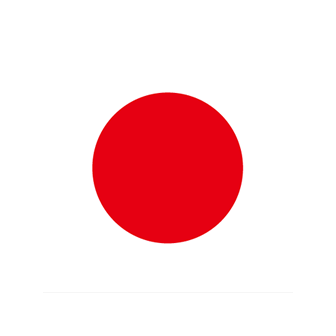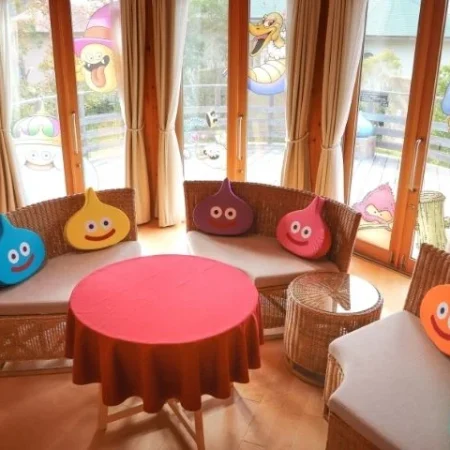Our team was lucky enough to experience one of Awaji Island’s most precious cultural heritages—the Awaji Ningyo Jōruri puppet theatre.
History of Ningyo Joruri
While the current Awaji Puppet Theatre building was completed in 2012, this style of puppetry, unique to Awaji Island, in fact dates back to at least 1643. At one time, there were around 40 troupes performing puppet theatre on Awaji, but as Japan modernised, the art form’s popularity dwindled, and now the Awaji Puppet Theatre in Minamiawaji is the only theatre dedicated to its performance.
The troupe has a wide repertoire of plays, entertaining audiences with new tales every month. Our visit included a backstage tour and a performance of the final act of Asagao Nikki or The Tale of Morning Glory. This is a sad story of separated lovers and a woman’s desperate journey to reunite with the man she fell in love with.
How the Puppets are Operated

It takes three skilled puppeteers working in perfect synchronicity to operate a single puppet. One controls the head and right arm, one controls the left arm, and a third controls the legs and feet. The way the puppeteers were able to make the wooden puppet come alive before our eyes was truly extraordinary. Its movements and gestures were so human, and when it looked at us, we really felt as though we were in the gaze of another living thing. Some might find the sensation unsettling, but we couldn’t help but admire the skill of the puppeteers in creating such realism.
Before the play began, we were treated to a backstage tour. Members of the troupe explained and demonstrated all the inner workings of the stage. These included a carefully balanced system of ropes and weights to open and close the painted screens that form the backdrops.
How a Play Is Performed

During a play, three kinds of performers appear before the audience. They are the tayū (narrator), the hiki (shamisen player) and the tsukai (the puppeteers). The tayū narrates the story and voices the characters, the hiki’s playing builds atmosphere, and the tsukai operate the puppets.
The script the tayū reads from is written in a special style known as jōruri moji. This style of writing is unique to Awaji puppet theater and can only be read by its performers and some individuals well versed in calligraphy. It was abundantly clear how much the books containing the scripts are treasured by the performers. We were shown one that was over a century old and yet still in excellent condition, in spite of continuous use and Japan’s humid climate that can easily cause books to mold. This is just one example of the reverence with which the performers regard the tools of their trade and the history of the theater.

At the end of the performance, we were invited to participate in the tradition of ohineri, in which the audience shows their appreciation by throwing a few coins wrapped in washi paper at the curtain as it closes over the stage.
Closing
Awaji Ningyo Jōruri has many fans and a loyal group of champions dedicated to its preservation, so we hope this unique and authentic art form will continue to entertain audiences for many years to come. At this time when many traditional arts and crafts are under threat in Japan, it was reassuring to see that this tradition is alive and well on the island of its birthplace.
Facility name: Awaji Puppet Theater (淡路人形座, Awaji Ningyo Jōruri)
Location: Ko−1528−1, Minamiawaji, Hyogo 656-0501















